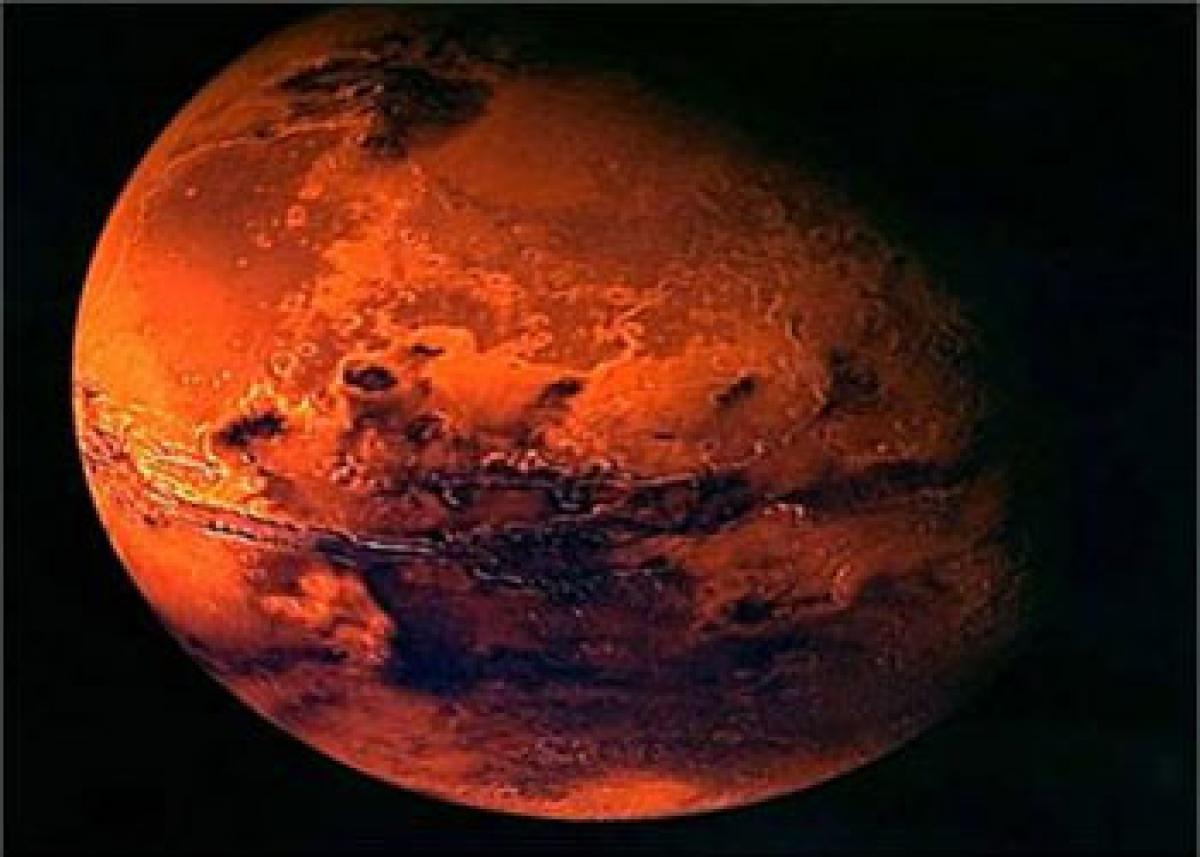Live
- World Lymphoma Day: Confronting Challenges and Offering Hope through Breakthrough Innovation
- SEMI, IESA join hands to boost India’s position in global chip value chain
- 2023 cricket World Cup generates Rs 11,637 Cr economic boost for India
- Congress' anti-reservation face exposed: Devendra Fadnavis on Rahul's remarks in US
- NHA, IIT Kanpur partner to revolutionise AI in health research
- BJP welcomes 19 high-profile members, including former IFS Bhaswati Mukherjee, ex-DGP Nirmal Kaur, Major Generals
- Delhi HC asks DU to consider 50 pc women quota in student’s union polls
- Samyuktha shines as the leading lady in two highly anticipated films
- Chandrababu announces compensation to flood victims, to be disbursed from September 17
- We should make every effort to include blind cricket in the Paralympics: TG Vishwa Prasad









